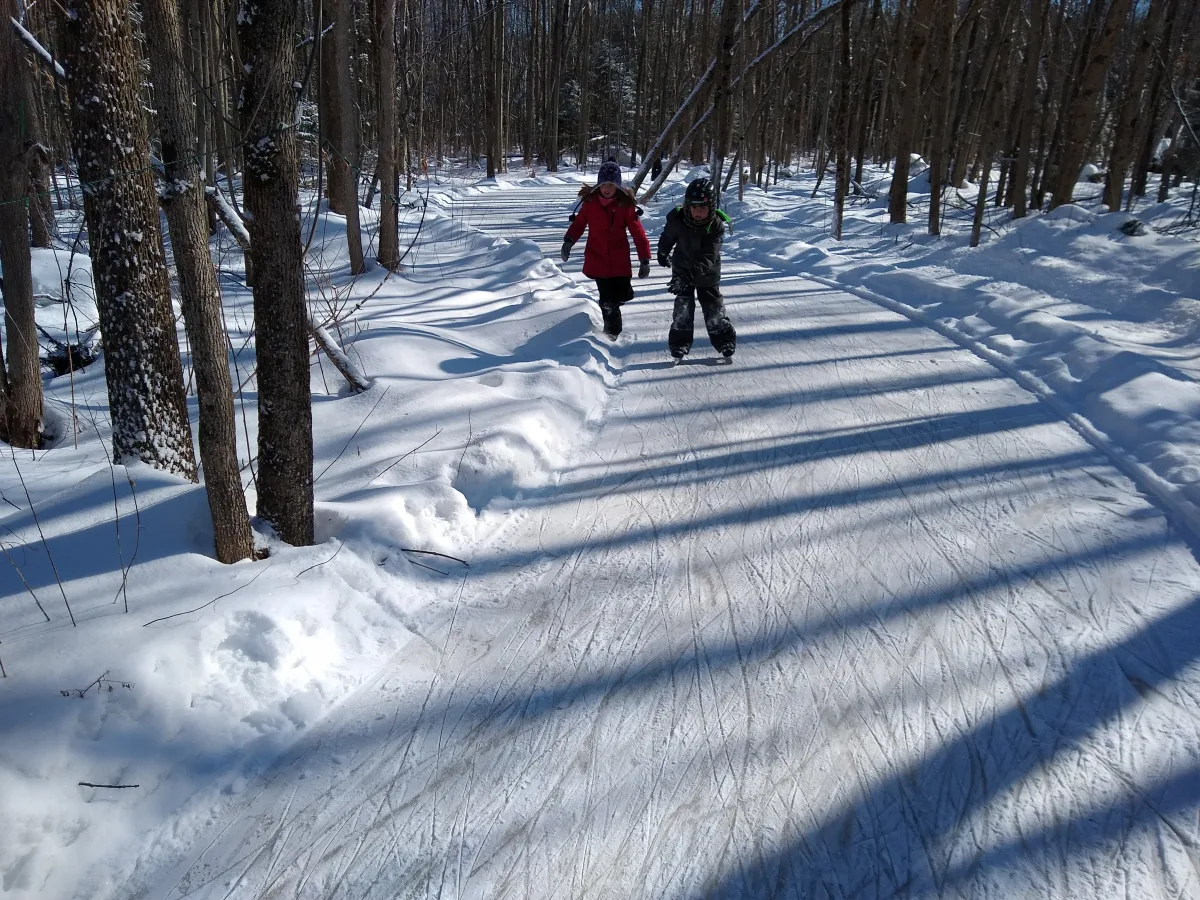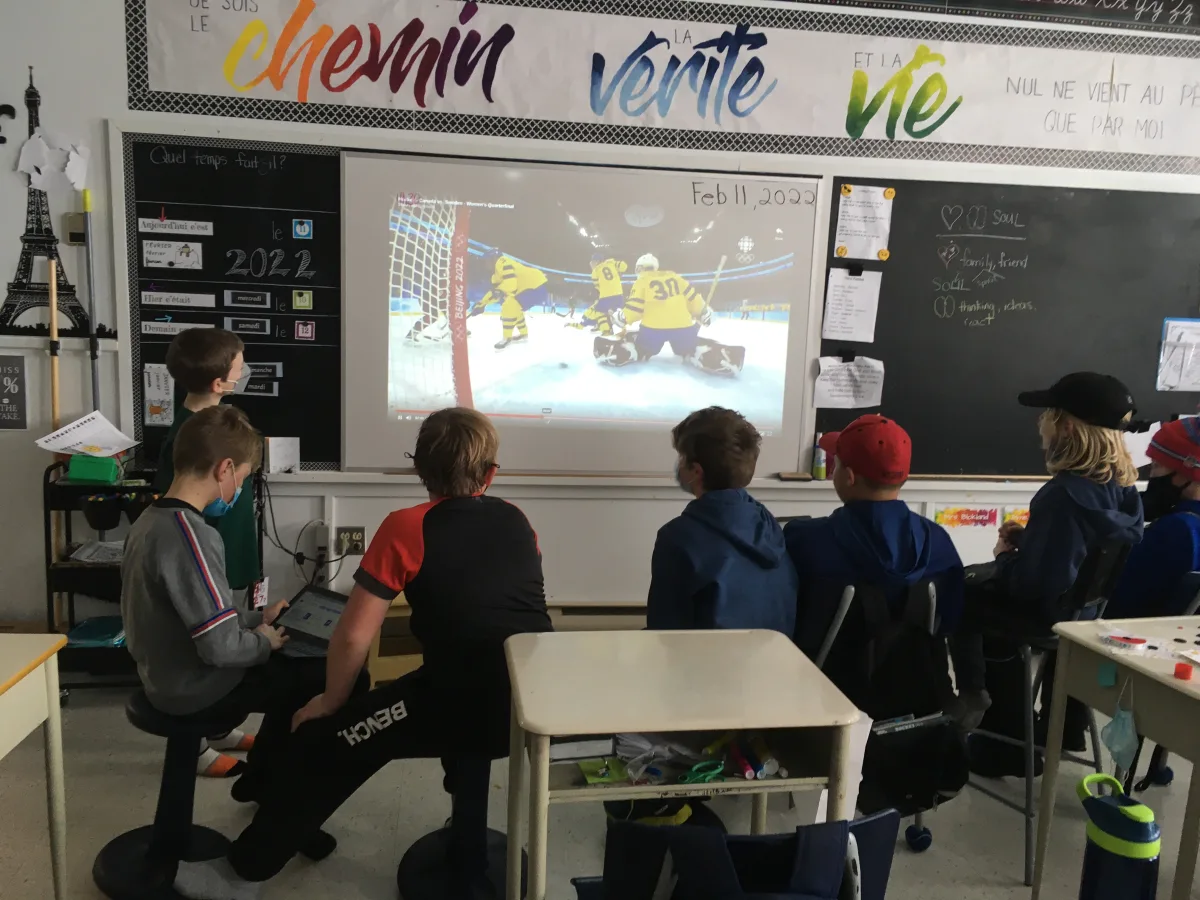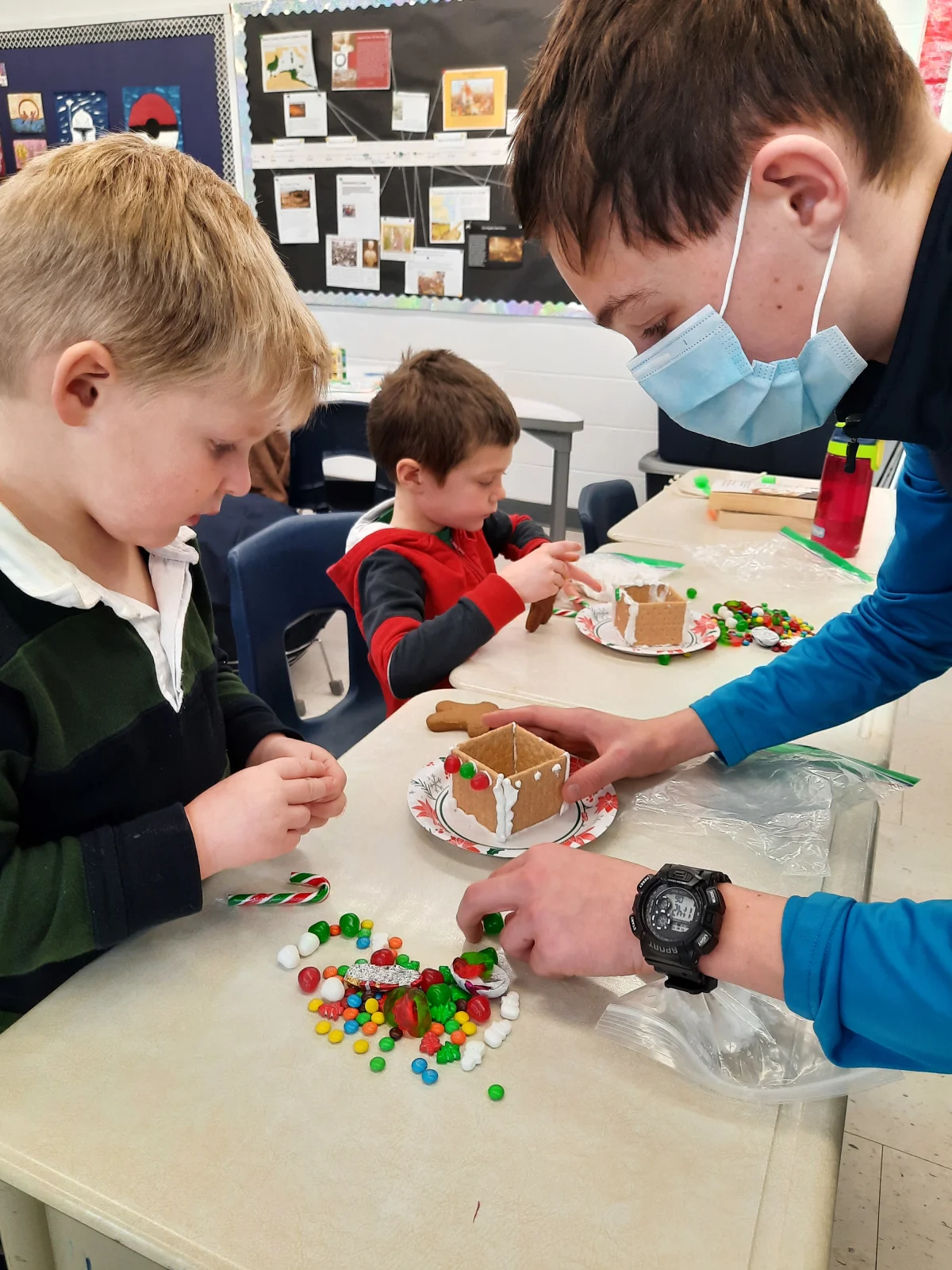Pi Day
3.1415926….
While I can only recite the first few digits of pi, there are people in the world who can recite hundreds or thousands of the random digits of pi. Why is there such a fascination with the number pi? While some people don’t think much about it after completing their last high school math class, others use formulas containing pi in their everyday work as engineers or astronomers. Others only think about pi once a year, on March 14th (3/14), a day dedicated to commemorating this irrational number.
Although Pi Day fell in the middle of March Break, we didn’t want to miss this opportunity to have fun learning with math (and food!), so we celebrated a week later.
We started the morning learning a little bit about this number, and how people used to calculate it before calculators and computers. References to circumference being three times the diameter of a circle go back as far as Bible times, with a mention in 1 Kings 7. Around the time of Christ, Pi was calculated to 4 decimal places. Once calculators and computers entered the pictures, people began calculating more and more digits, and now there are trillions of known digits.
The number pi shows up in so many different formulas having to do with circles – circumference, area, volume of a cylinder, cone and sphere. After we talked about pi, we learned these formulas and practiced using them. We checked out three different snacks: A spherical Timbit, a cylindrical cookie, and a piece of cake (1/16 of a cylinder). We measured each of these snacks and calculated their volume.
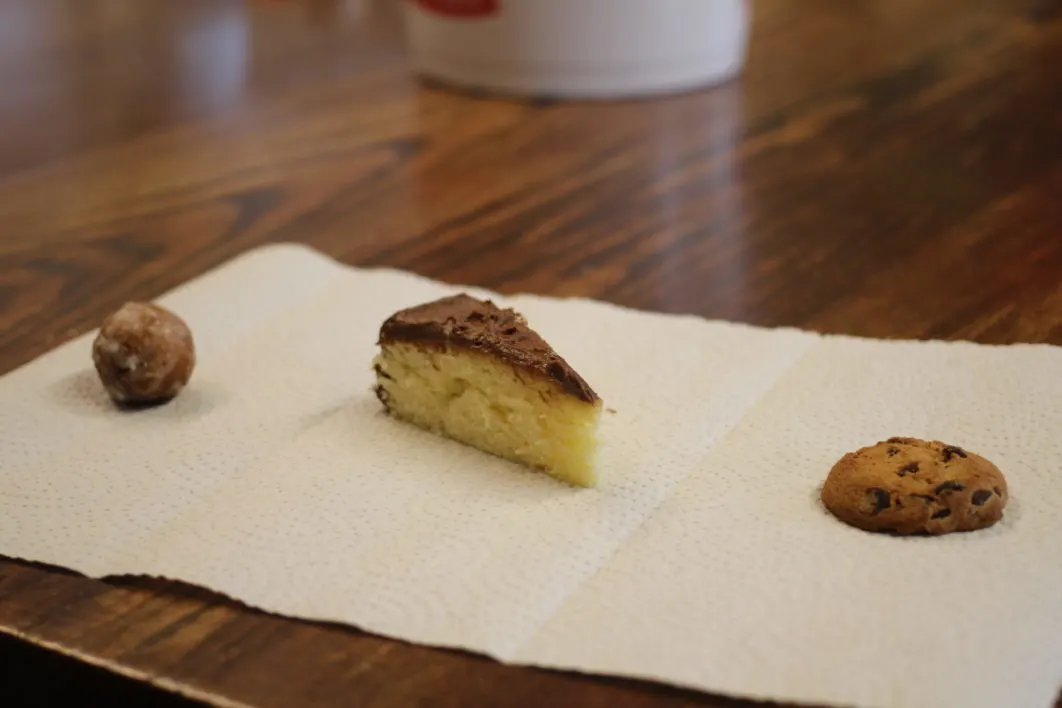
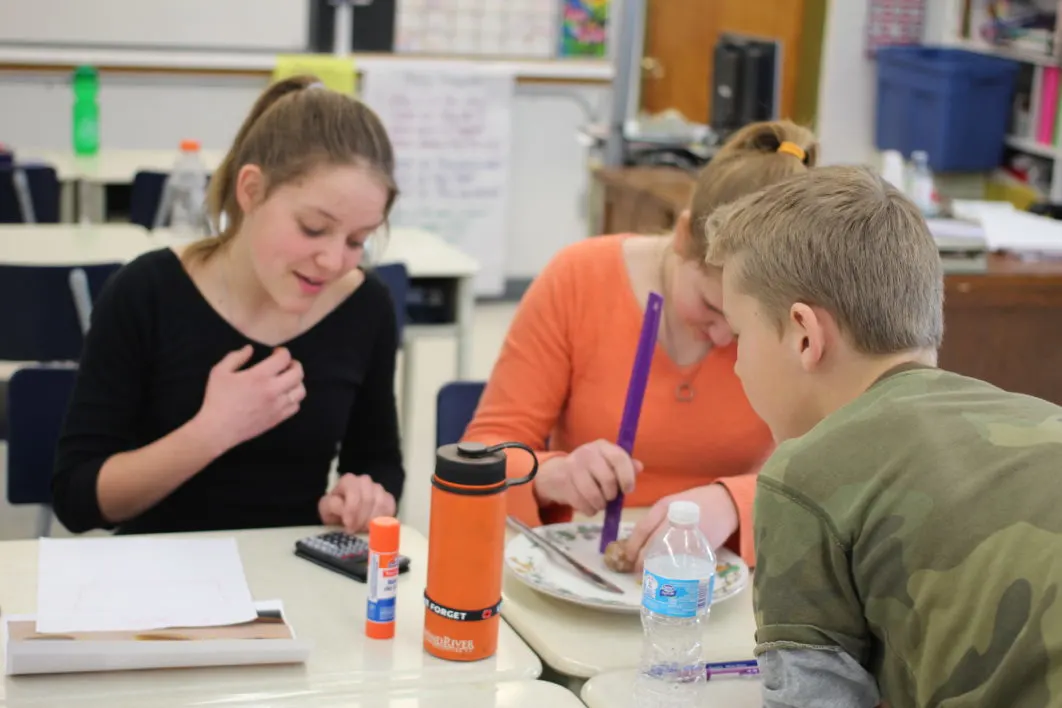
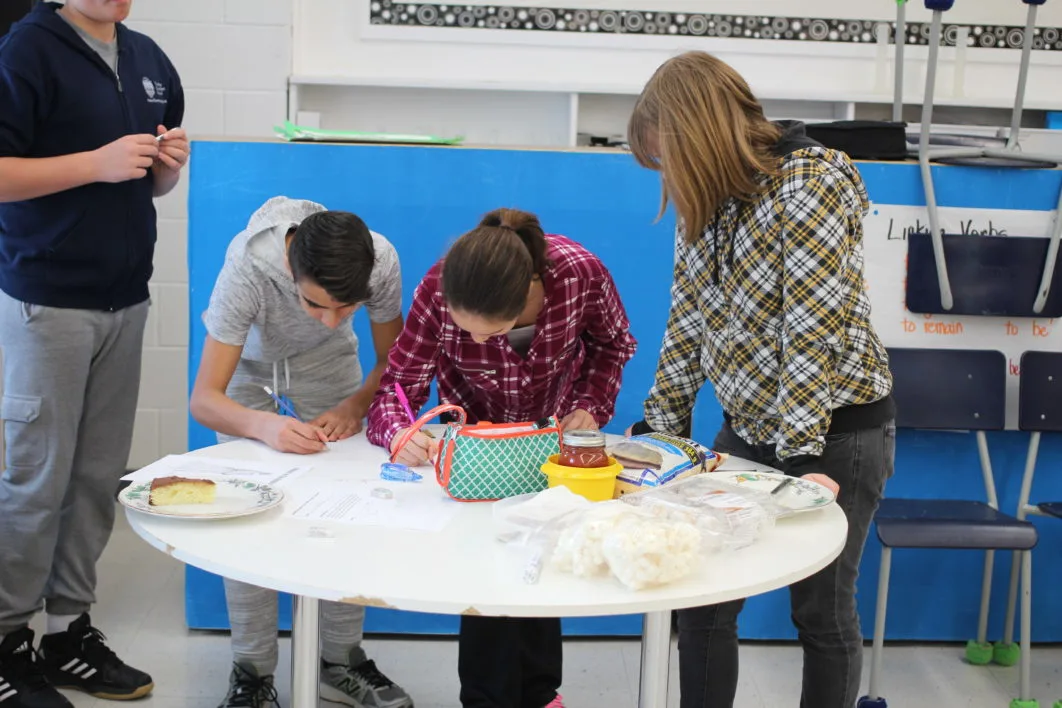
Using our 3-D fillable shapes, we calculated volume in two different ways: First, filling the shapes with water and measuring the volume, and second, measuring the radius and height, and calculating the volume. When our volumes didn’t match up too well, we discussed the possible errors in our experiment.
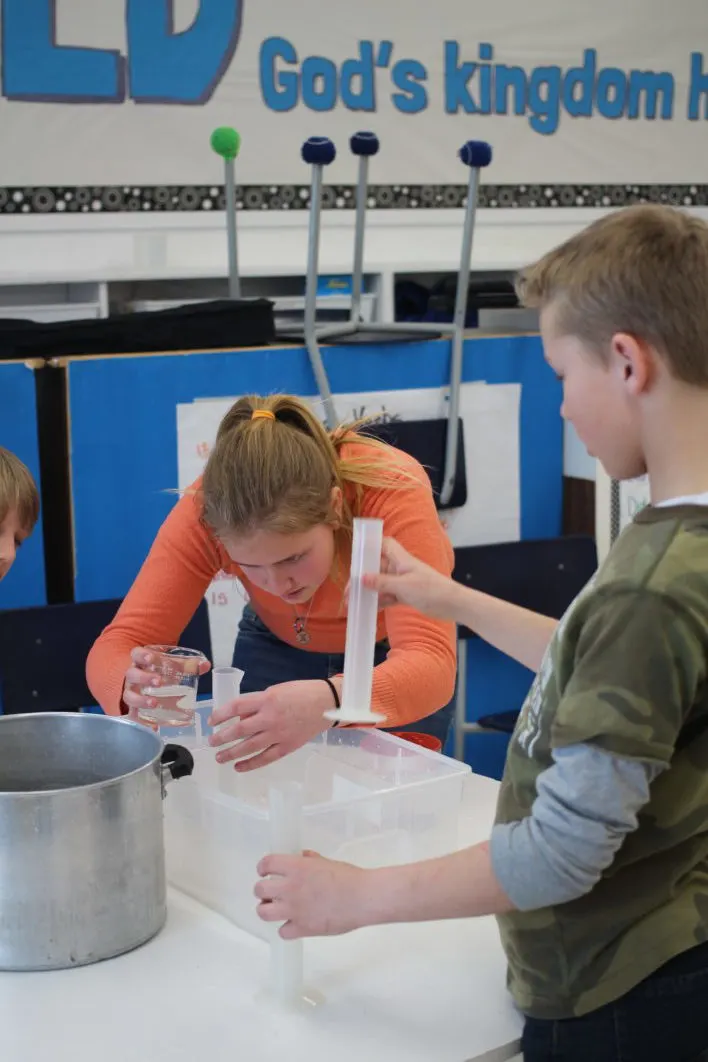
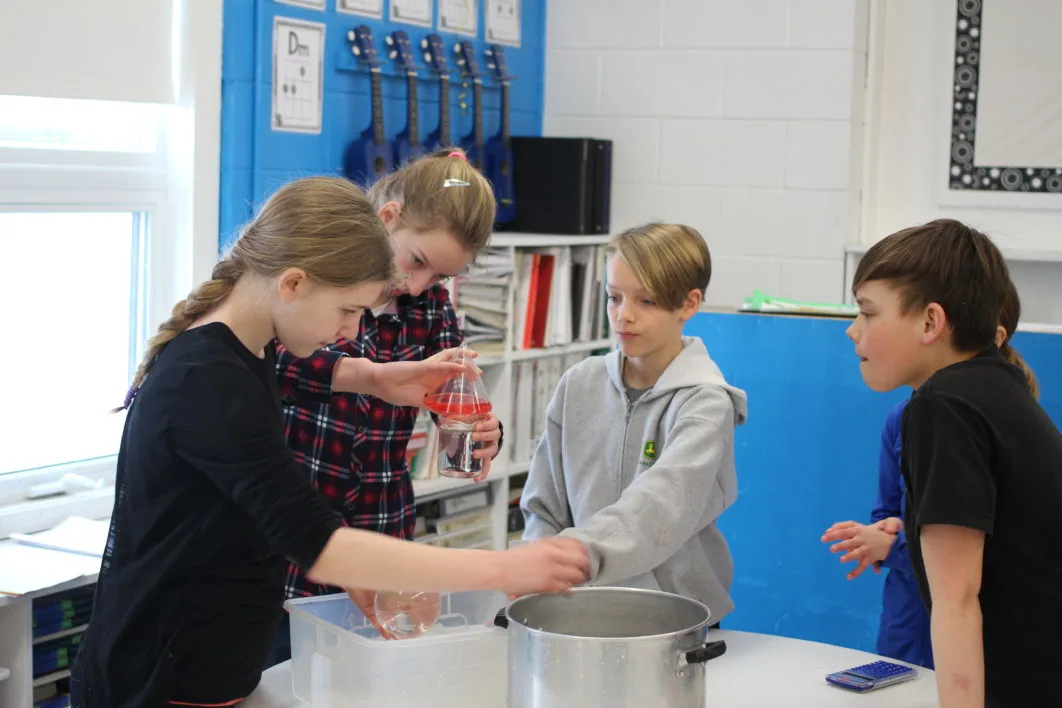
We also measured some mystery cans, trying to get as close as possible to the volume printed on the label (that had been removed). We guess what the contents of the cans could be… A hint: We will be using it next week to make pies.
Other activities included a pi-shaped puzzle, and writing Pi-kus (A three lined poem, where the first line has three syllables, the second line has one syllable, and the third line has four syllables.)
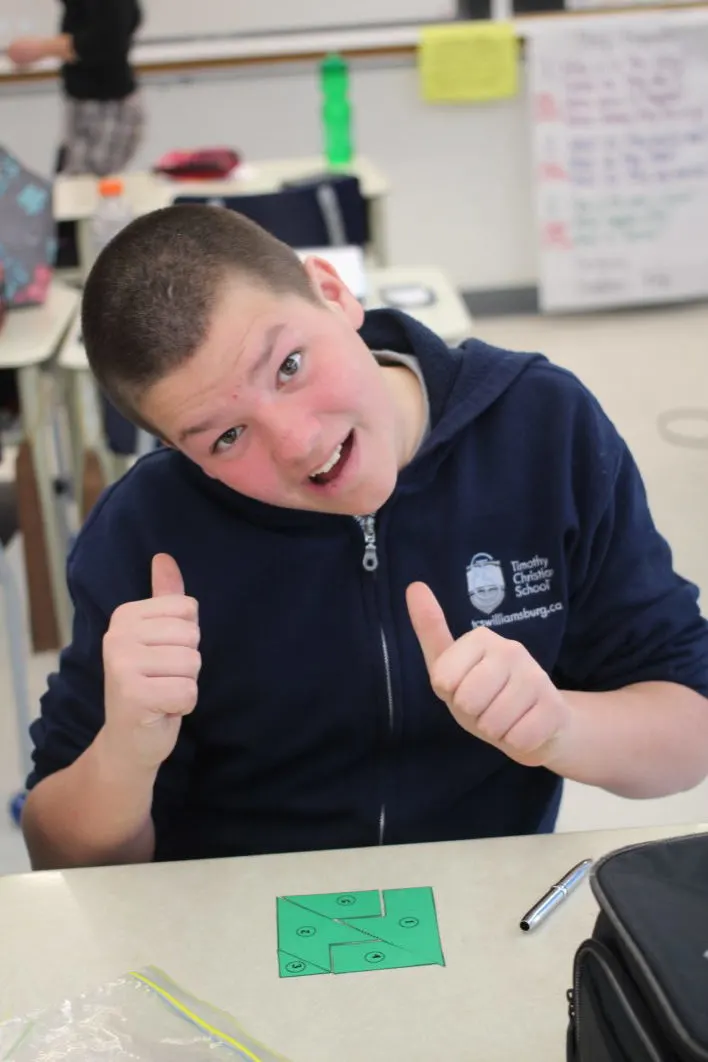
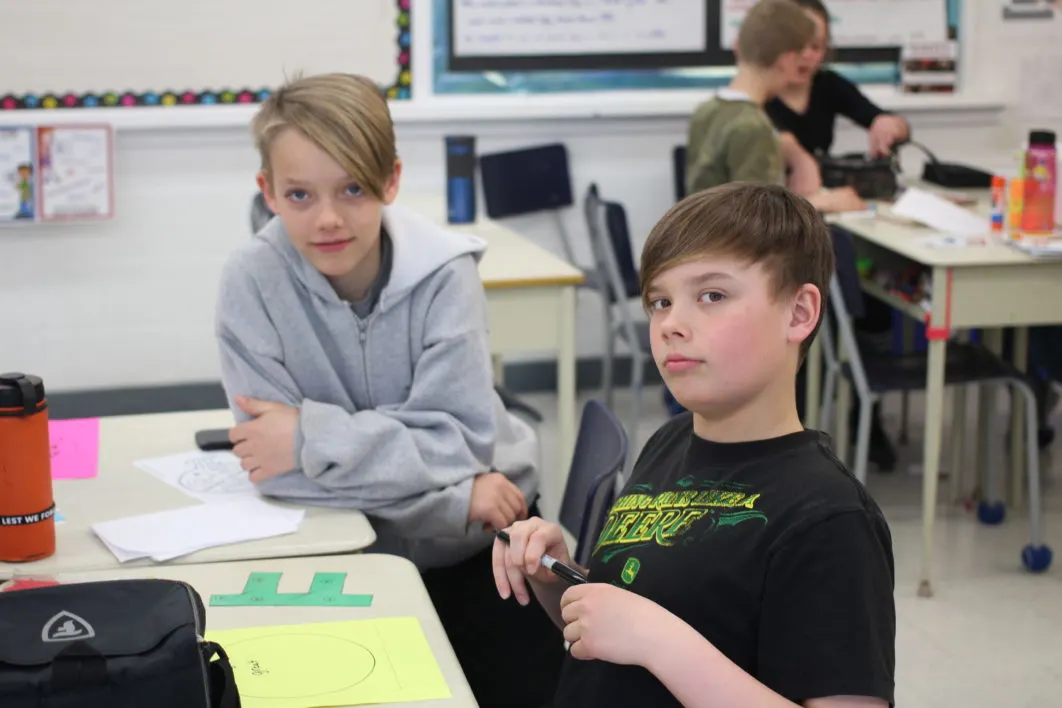
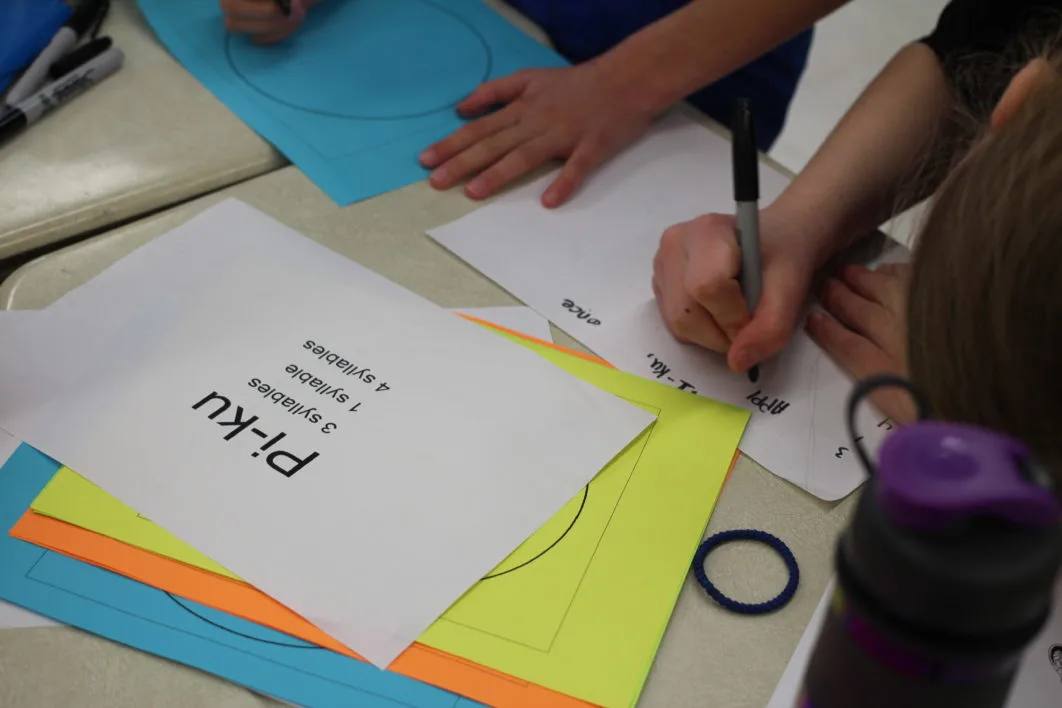
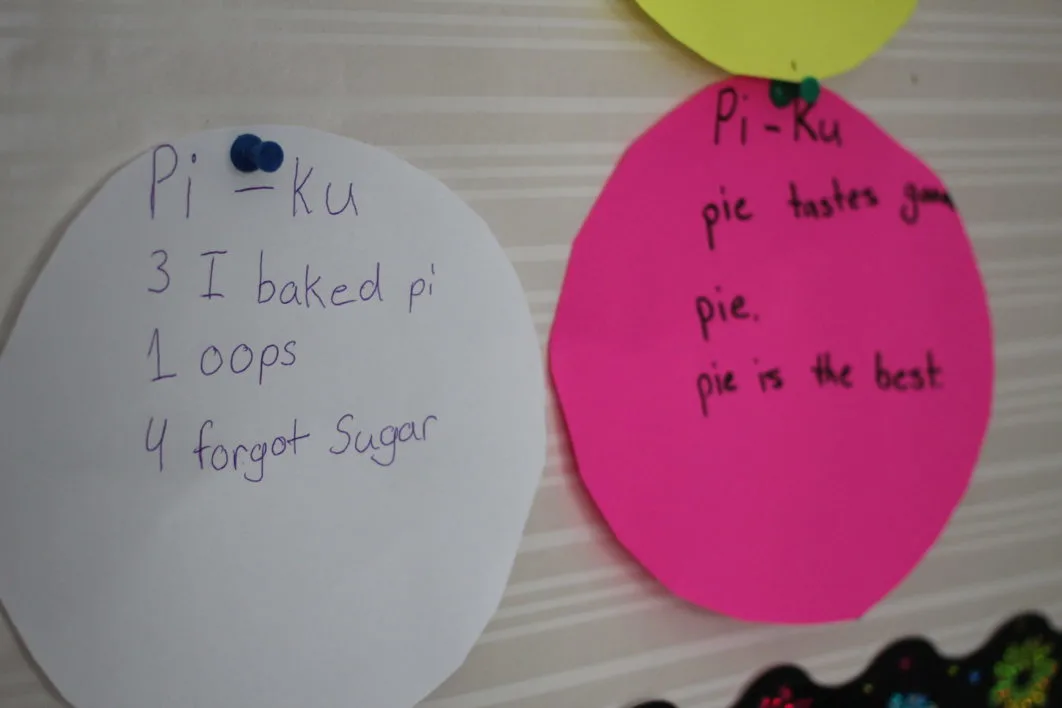
And for a special pi day treat, students brought in treats to share. The only stipulation: They had to be round. Timbits, peppermints, round chips, cookie dough balls, doughnuts. We enjoyed our Pi day feast!
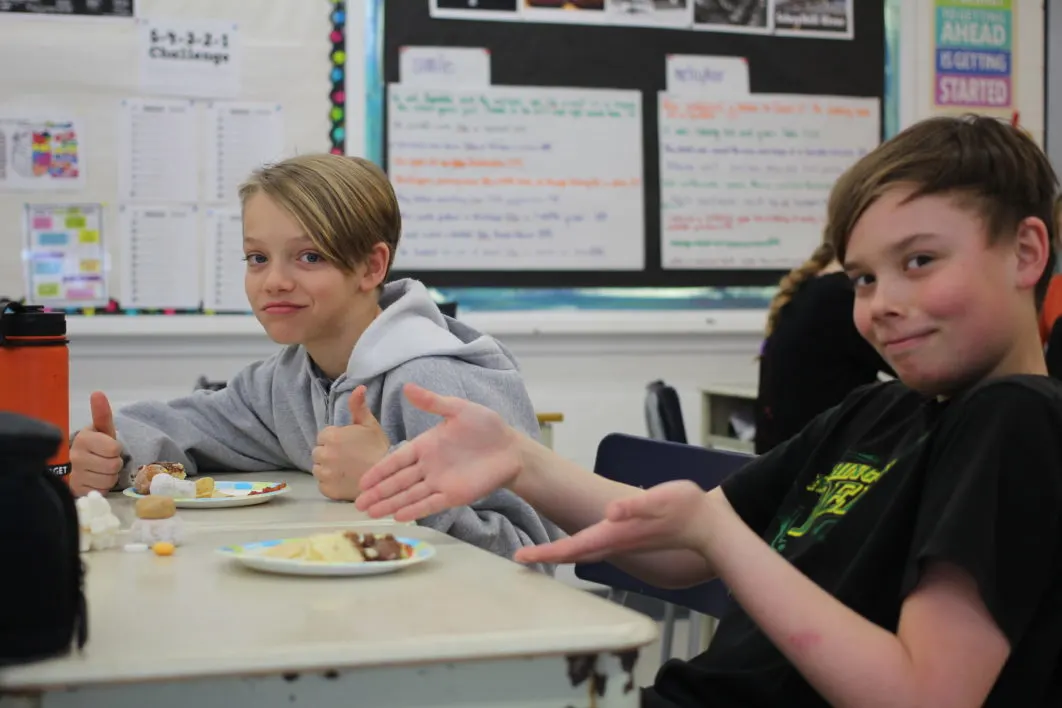
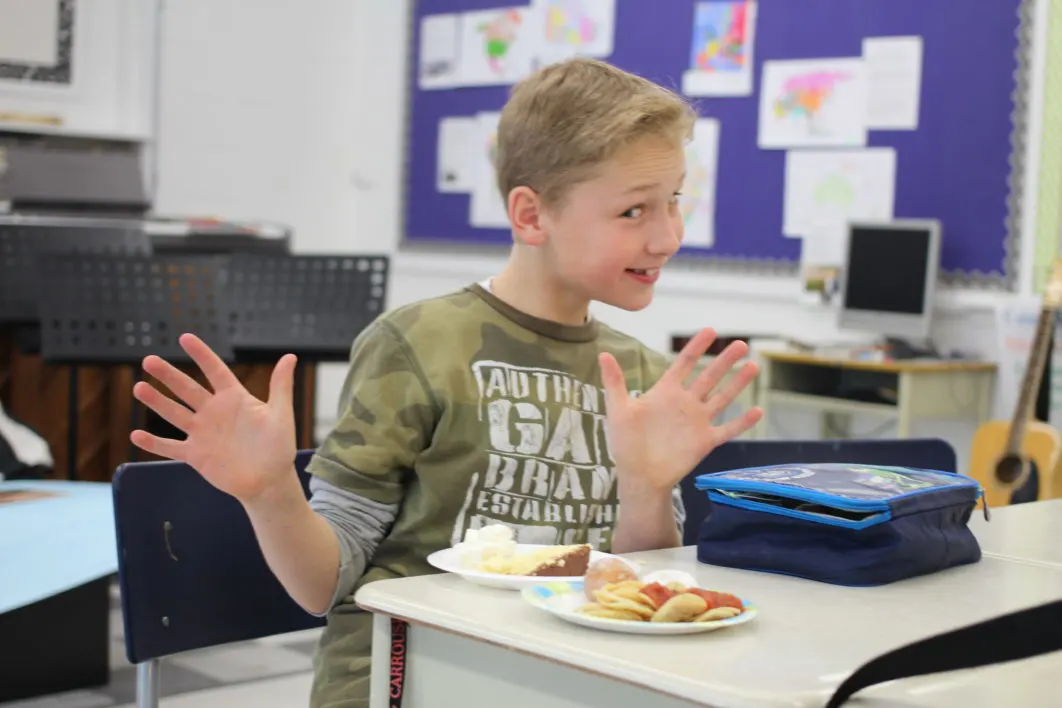
Happy belated Pi Day to you!

